La Crosse Technology WS-8318U-IT Manual
La Crosse Technology
Vækkeur
WS-8318U-IT
| Mærke: | La Crosse Technology |
| Kategori: | Vækkeur |
| Model: | WS-8318U-IT |
Har du brug for hjælp?
Hvis du har brug for hjælp til La Crosse Technology WS-8318U-IT stil et spørgsmål nedenfor, og andre brugere vil svare dig
Vækkeur La Crosse Technology Manualer
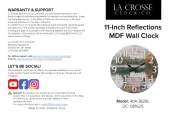
9 Oktober 2025

9 Oktober 2025
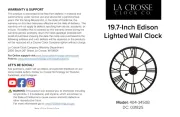
7 Oktober 2025
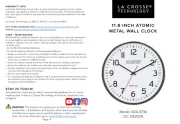
7 Oktober 2025
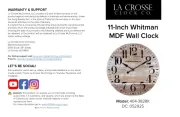
7 Oktober 2025
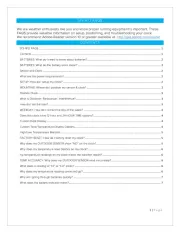
7 Oktober 2025
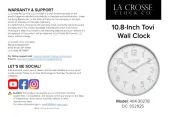
7 Oktober 2025
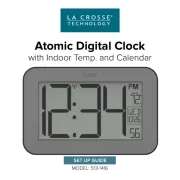
22 August 2025
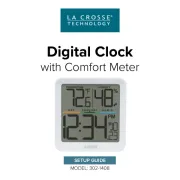
21 August 2025
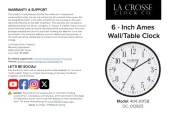
13 August 2025
Vækkeur Manualer
- AV:link
- Lorus
- Ikea
- Sempre
- Junghans
- Krontaler
- Hema
- ECG
- Digi-tech
- Fysic
- Elco
- Technoline
- Outspot
- ADE
- Trevi
Nyeste Vækkeur Manualer

2 November 2025

2 November 2025

1 November 2025

1 November 2025
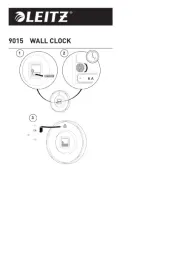
31 Oktober 2025

31 Oktober 2025

31 Oktober 2025

31 Oktober 2025

31 Oktober 2025
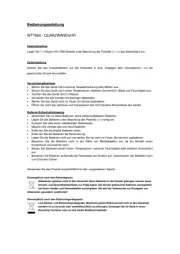
30 Oktober 2025
